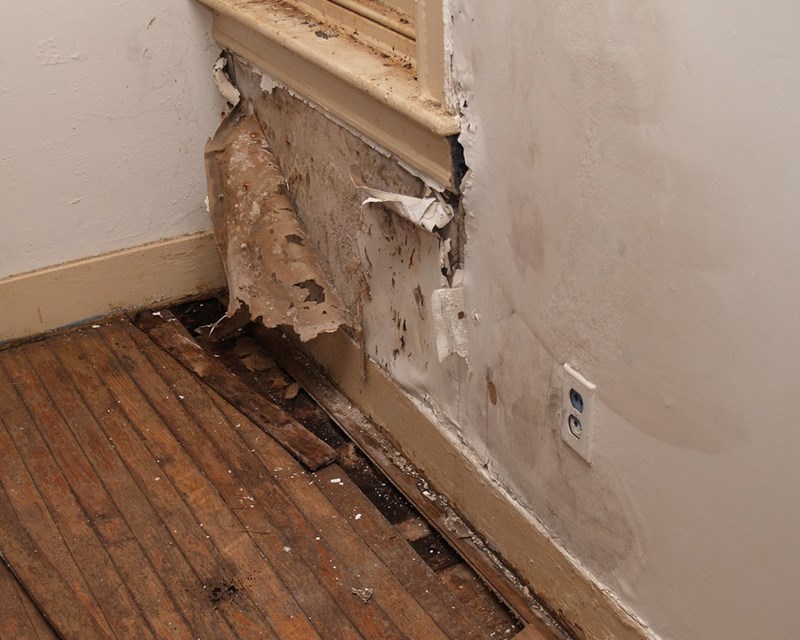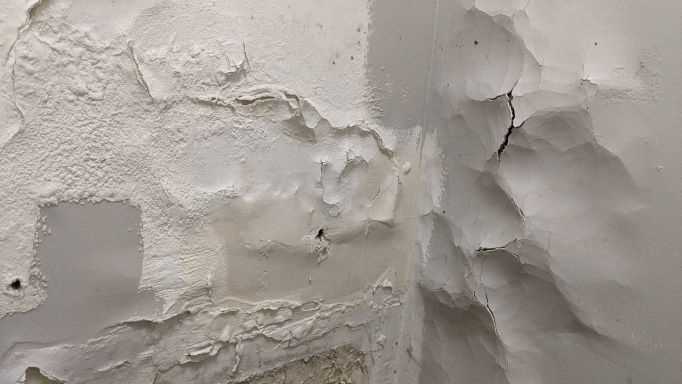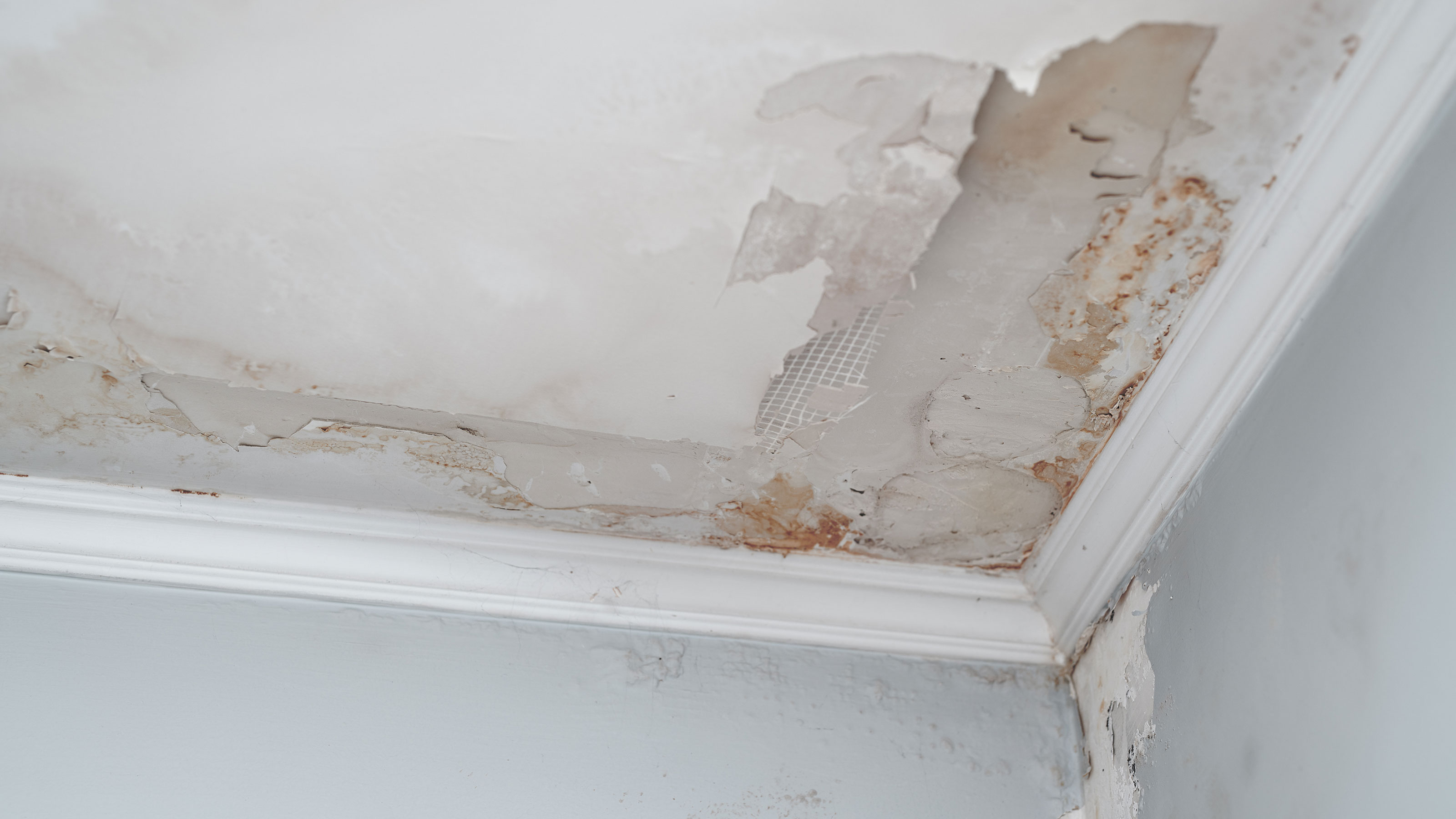Full-Spectrum Water Damage Repair Services for Complete Property Restoration
The Refine of Water Damage Clean-up: Ensuring Your Home Is Restored Successfully
Water damages can be an overwhelming challenge for property owners, necessitating a organized and thorough cleanup procedure to recover security and performance. damage restoration services. Following this, efficient water extraction techniques play a pivotal duty in minimizing further harm.
Analyzing the Damages
Upon finding water damage, the very first step is to completely evaluate the extent of the impact. This initial analysis is vital, as it assists identify the needed actions for effective cleaning and repair. Begin by examining the affected locations, including wall surfaces, ceilings, floorings, and personal belongings, to determine the source of the water breach, whether from flooding, leaks, or condensation.
Recording the damages is vital for both insurance cases and planning reconstruction efforts - damage restoration services. Usage pictures and composed notes to capture the severity of the damages, noting any type of affected architectural aspects and materials. Pay special focus to locations that may not be immediately noticeable, such as behind wall surfaces and under carpetings, as hidden dampness can result in further difficulties, including mold development
In addition, analyze the timeline of the water direct exposure. Eventually, a detailed analysis lays the foundation for an effective water damages cleaning procedure, guaranteeing that all impacted areas are resolved effectively and completely.
Water Extraction Methods

Specialists typically use completely submersible pumps for bigger quantities of water, which can quickly reduce flooding in basements or various other impacted locations. For smaller sized amounts, wet/dry vacuum cleaners are typically utilized to draw out recurring wetness from carpets and tough surface areas. In addition, making use of mobile extractors enables targeted removal in constrained rooms or locations with delicate products.
In circumstances of infected water, such as sewer or floodwater, advanced removal strategies may include using biohazard devices to ensure safety and security and conformity with health guidelines. High-powered extraction devices are critical in lessening water retention in structural materials, which can lead to mold and mildew growth and architectural damage otherwise resolved immediately.
Eventually, the effectiveness of water extraction techniques plays a crucial role in the total success of the water damage cleaning process, laying the groundwork for subsequent reconstruction efforts.
Drying and Dehumidification
As soon as standing water has been properly removed, the following crucial stage in the water damage clean-up process is drying and dehumidification. This step is essential to stop more damages and mold development, which can occur within 24 to two days in wet settings.
To accomplish reliable drying out, specialized devices such as industrial-grade air movers and dehumidifiers is utilized. Air moving companies circulate air across wet surfaces, improving dissipation rates, while dehumidifiers decrease moisture levels airborne, advertising a conducive environment for drying. The combination of these devices guarantees that wetness is extracted from walls, furnishings, and floors, allowing them to dry extensively.
It is necessary to check the drying out procedure very closely. Specialists usually use moisture meters to assess the moisture content in numerous products, ensuring that all influenced areas get to acceptable dry skin degrees. This careful strategy aids to stop covert wetness pockets that might cause architectural damages or undesirable mold growth.

Cleansing and Sterilizing
After the drying out and dehumidification phase is complete, the following important step in water damage cleanup is cleaning and disinfecting the impacted areas. This process is vital to stop the growth of mold and mildew, germs, and various other virus that prosper in damp settings.
The cleansing phase generally involves getting rid of any type of debris, dust, and pollutants from surfaces making use of specialized cleaning up representatives. For difficult surfaces, a mix of soap and water or business cleansing items is often used. Soft products, such as upholstery and rugs, might require extra substantial cleaning methods, including heavy steam cleaning or more info here deep extraction strategies, to guarantee comprehensive hygiene.

Disinfecting follows cleaning, making use of EPA-approved disinfectants to get rid of harmful bacteria. This action is essential, especially in locations that might have entered contact with floodwaters or sewer, as these resources can pose severe wellness risks.
Additionally, it is crucial to resolve any type of continuing to be smells, which might call for using odor neutralizers or sophisticated strategies like ozone therapy. Correct cleaning and sanitizing not just recover the safety and security and health of your home but also lay the groundwork for effective reconstruction and repairs in subsequent stages of the water damages cleaning procedure.
Restoration and Repairs

Once the assessment is full, restoration initiatives can start. This usually involves fixing or replacing broken products, guaranteeing that all job adheres to regional building ordinance and criteria. For circumstances, if drywall has been compromised, it will certainly need to be eliminated and replaced with brand-new material. In addition, flooring might need comparable interest, relying on the level of water direct exposure.
It is important to involve skilled reconstruction professionals throughout this procedure, as they have the competence to handle complicated fixings efficiently. They can assist minimize potential future problems, such as mold development or architectural instability, hence ensuring a risk-free and habitable living setting. Inevitably, effective remediation and repair work recover the home's integrity and enhance its overall value.
Final Thought
To conclude, the process of water damage clean-up is important for restoring a home to its pre-damage problem. Each phase, from evaluating the damages to executing efficient water extraction methods, adhered to by thorough drying out, sanitizing, and necessary repairs, plays a necessary duty in making certain safety and security and conformity with structure standards. Effective execution of these actions liquid damage repair not just minimizes prompt damages but additionally boosts the lasting stability and value of the residential property.
Water damages can be a complicated difficulty for home owners, demanding a organized and precise cleaning process to recover safety and performance. Ultimately, a comprehensive evaluation lays the groundwork for an effective water damage clean-up process, making sure that all affected areas are resolved successfully and extensively.
Efficient water removal techniques are vital in alleviating damages and avoiding more problems complying with a water breach event.In final thought, the procedure of water damage cleanup is essential for recovering a home to its pre-damage condition. Each phase, from analyzing the damage to executing efficient water removal strategies, followed by extensive drying out, disinfecting, and necessary repair services, plays an important function in making certain safety and compliance with building requirements.